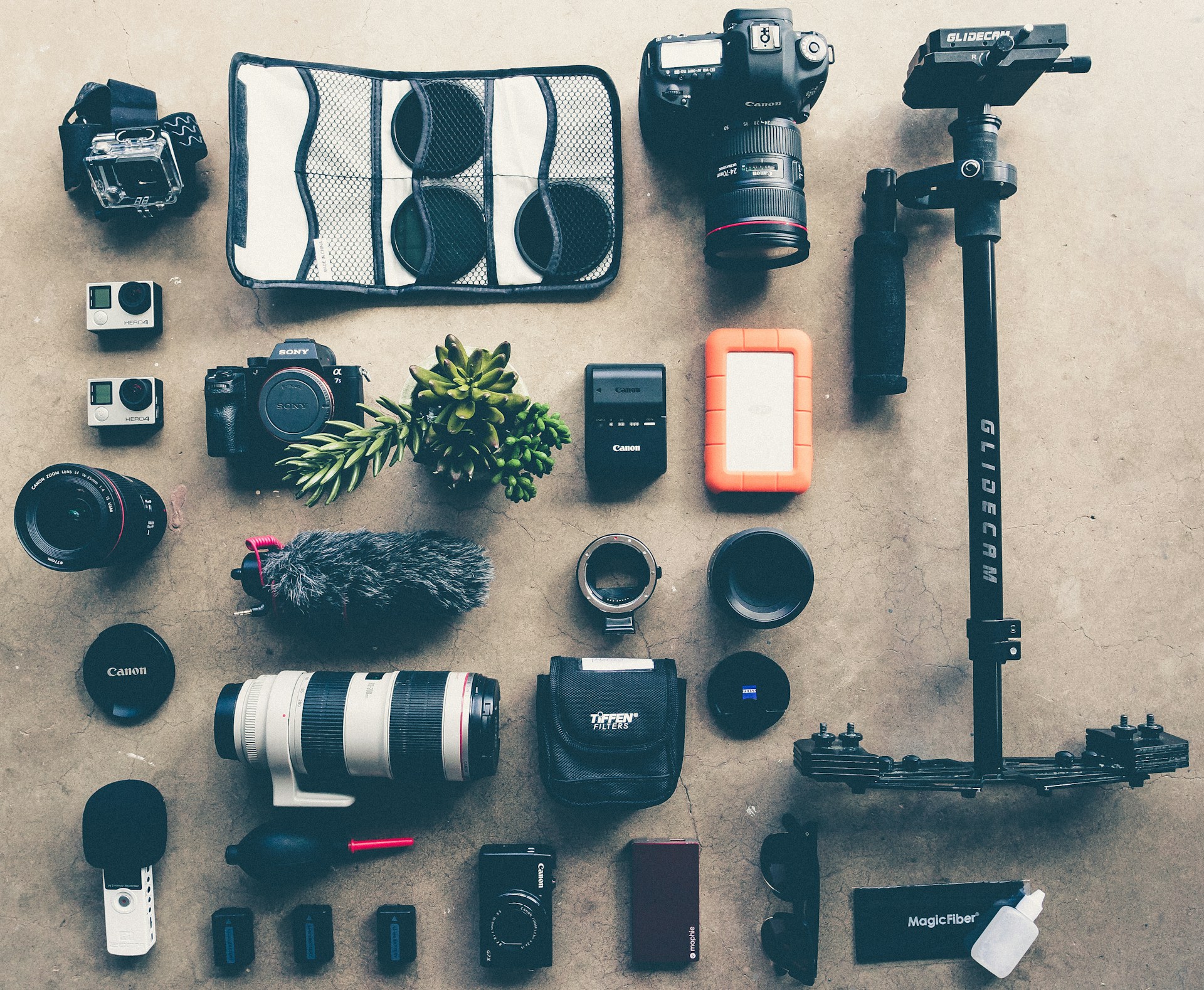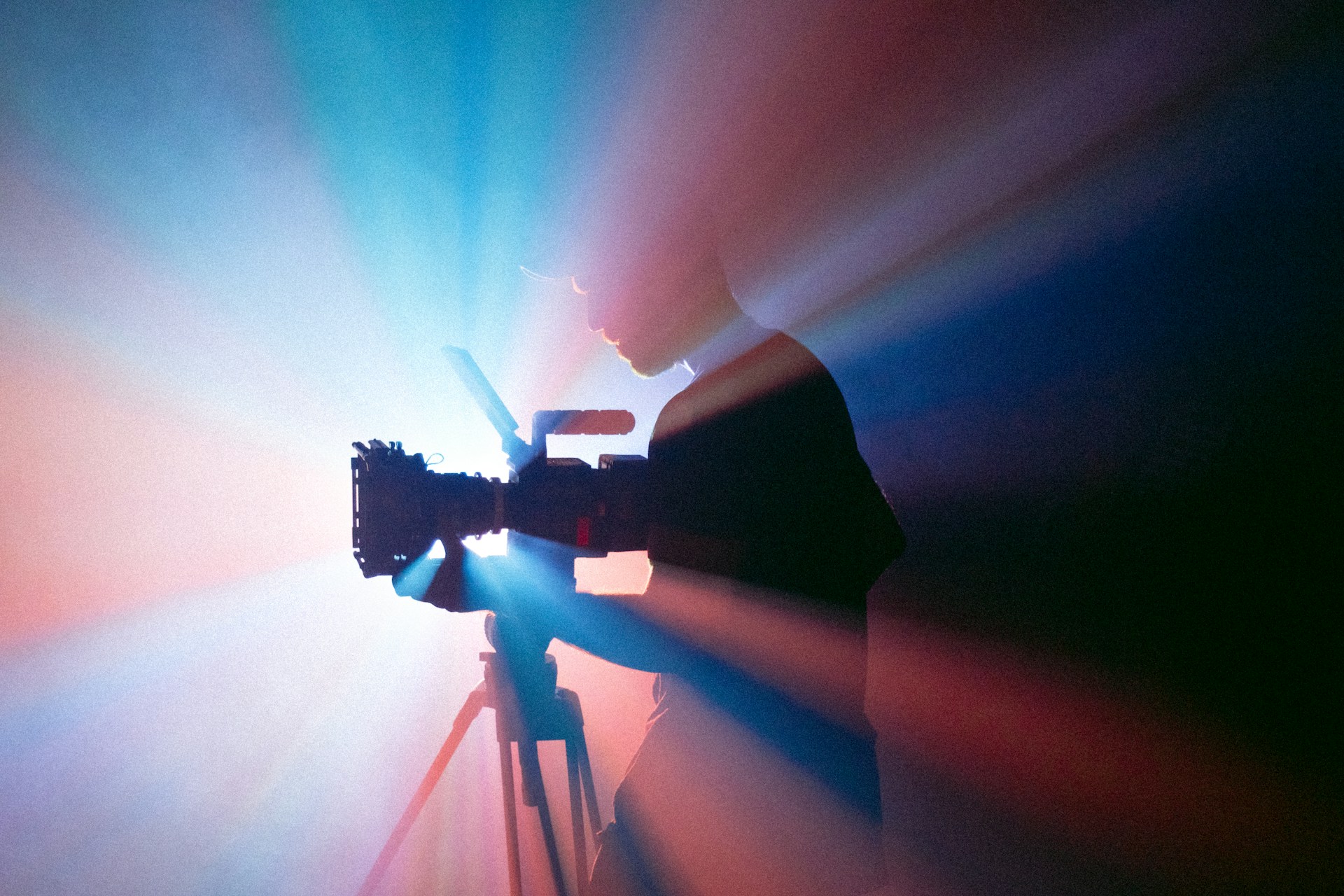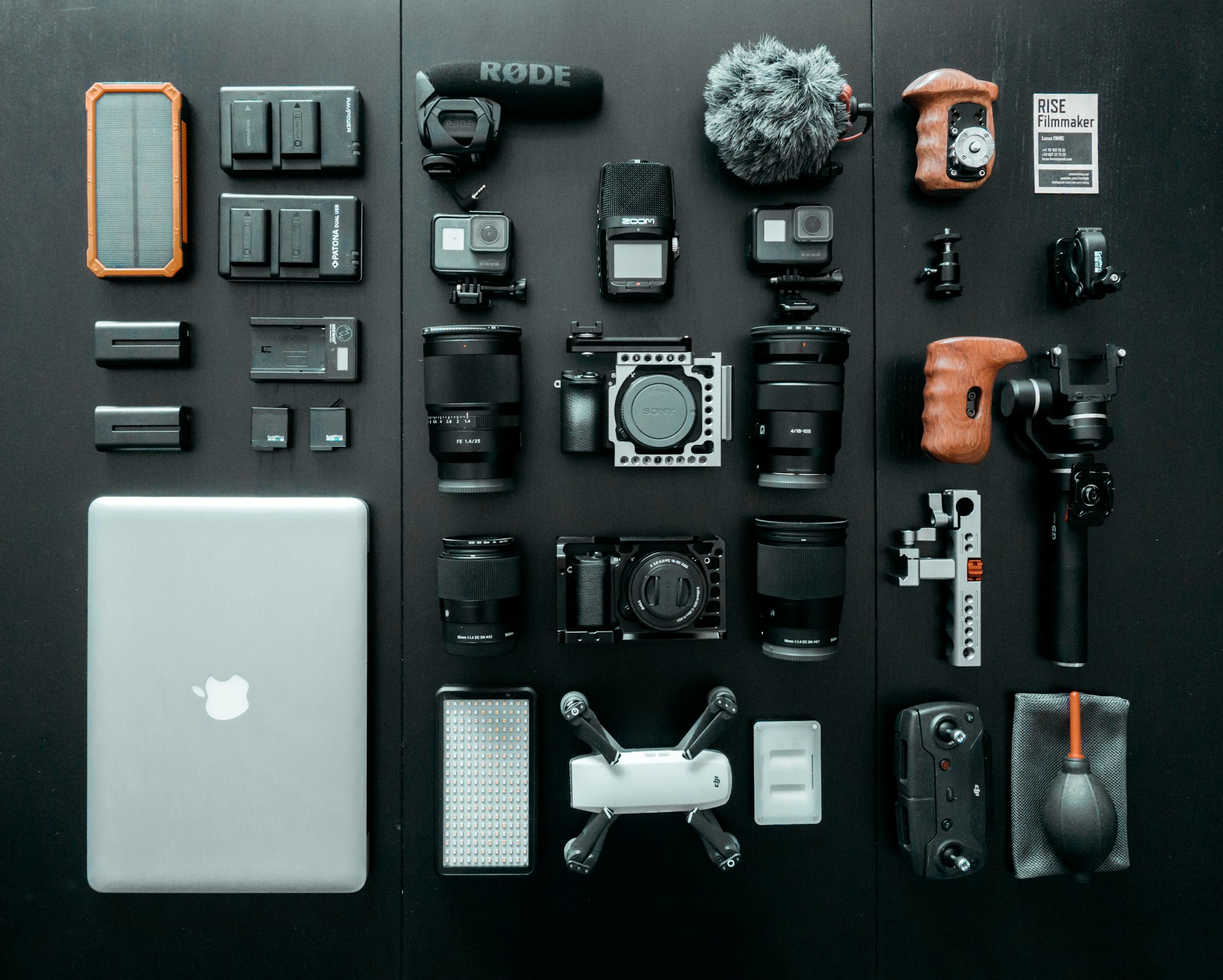This comprehensive smartphone videography guide encompasses all the elements necessary to kickstart your journey in producing professional-looking videos on either your iPhone or Android device. It delves into crucial aspects such as microphones, tripods, lighting, accessories, filming apps, and editing apps. Here are some of the most essential gear for smartphone videographers you need to film and edit high-quality videos with your iPhone or Android smartphone.
Currently, I rely on my iPhone 15 Pro for approximately 90% of my video recording needs. Unless faced with suboptimal lighting conditions or specific requirements like depth-of-field or specialized lenses for particular shoots, I’ve found my iPhone to match the performance of my DSLR, with the added benefit of unmatched convenience.
Drawing upon years of hands-on experience filming with my iPhone and investing substantial amounts—amounting to thousands of dollars—in videography gear and equipment, I’ve compiled this smartphone videography guide.
For your convenience, I’ve included affiliate links directing to Amazon for most of the recommended gear, as they consistently offer competitive prices. Alternatively, you can explore these videography essentials at your local Apple Store, camera retailer, or electronics outlet.

1. Audio: Improve Sound Quality With External Mics
Great videos depend heavily on having excellent sound quality—an absolute must. The microphones on smartphones can’t capture good audio from far away, so you’ll need to get an external mic. From my experience, Rode makes really good and affordable microphones that work well with any smartphone.
When filming indoors, I usually use their SmartLav+, a good-quality and reasonably priced lavalier mic (just note that iPhone users also need a lightning connector).
For outdoor filming, I like their Wireless Go microphone system, which comes with a cheap transmitter and receiver. This wireless mic system is fantastic for video creators, especially if you don’t want to spend a lot on a professional one like the Rode Filmmaker Kit or the Sennheiser Wireless Mic System.
If you prefer a boom microphone, I use the Rode VideoMic Me-L , which works with the iPhone.
For quick shoots, I use my Apple AirPods, but a more affordable option is the SoundPEATS Earbuds.

2. Stabilization: Tripods, Selfie Sticks And Gimbals
When shooting with your smartphone, stabilizing the device for impressive videos poses the greatest challenge, aside from achieving diverse shots. The hallmark of professional videos lies in their smooth and steady shots, setting them apart from amateur attempts.
No need for an oversized, expensive tripod to capture your video; you can repurpose your existing tripod with a separate smartphone rig case sporting a tripod mount beneath it.
For those seeking the freedom to move while maintaining stable and blur-free footage, a high-tech gimbal stabilizer is a viable option. This device cradles the camera, eliminating unwanted shakes and sudden movements through its motors and weights, imparting a polished, cinematic, and professional touch to your final product.
Considered one of the best gimbal stabilizers today, the DJI Osmo Mobile SE Intelligent Handheld Smartphone Gimbal boasts a sleek, foldable design, making it versatile—from indoor sets to the streets. Weighing in at a mere 2.53 oz (72g), it’s lightweight and easy to toss into your backpack. It facilitates simple one-hand operation with user-friendly buttons and intuitive functions.
For a more budget-friendly option, check out the Moza Mini MX Gimbal for Smartphones. This portable gimbal features dedicated buttons for straightforward use and incorporates an anti-shake algorithm for exceptionally smooth footage. It offers seamless transitions between portrait and landscape orientations and integrates an all-in-one panel for effortless controls.

3. Lighting: Ring Lights, Studio Kits And LEDs
Another tool for iPhone videos that transforms your films or videos into mesmerizing works of art is light. As the central component in both photography and videography, light plays a crucial role in establishing a specific atmosphere and emphasizing particular details within your frame, not just illuminating your scene.
For DIY endeavors, you have the flexibility to utilize various external light sources, ranging from flashlights and lamps to compact, mountable smartphone lights. You’ll discover that some more economical alternatives perform just as effectively as their pricier professional counterparts, making your choice dependent on your desired outcome and the level of control you seek over your lighting.
If you crave adaptability, consider the Newmowa Professional LED Video Light, one of the top lighting tools for iPhones (and other smartphones). This light packs 60 potent LED lights into its slim, 1-centimeter thick rectangular body. With eight power levels, it empowers you to illuminate diverse scenes throughout the day for up to 18 hours continuously.
TheNewmowa Professional LED video light comes equipped with an orange warming plate, a blue cooling plate, and a white diffusing plate, adding to its versatility. It seamlessly pairs with your iPhone, tablets, and various devices, including DSLRs, compact digital cameras, and rig cases, courtesy of the included cold shoe adapter.

4. Equipment: Helpful Accessories Like External Batteries
If you plan to shoot in 4K, it’s crucial to recharge your battery consistently.
That’s why I suggest investing in a battery charging case. These will usually extend your iPhone’s battery life by more than double. Numerous options for smartphone battery cases are available, catering to every iPhone and Android model.
During breaks between shoots, I connect my iPhone 15 to the Encircle Battery Case, a compact and lightweight 8000mAh portable charger capable of charging most smartphones up to 3 times.

5. Filming Apps: Making Smartphone Videography Easier
Steer clear of the default video apps on both iPhone and Android for a more professional touch.To elevate your video-making game, it’s essential to familiarize yourself with manual controls.
I highly recommend Filmic Pro (around $10) as it provides complete manual control over your smartphone’s camera hardware. You can fine-tune settings such as frame rate, audio controls, image quality, and more.
For those who prefer reading off a script while filming, consider using Video Teleprompter 3 ($16) for iPhone or the Oratory Teleprompter for Android.
iPhone Filming Q&A:
Can you shoot professional videos with an iPhone?
In the present day, iPhones excel at recording cinema-quality 4K videos, showcasing advanced technology and functionalities. Additionally, their lightweight and compact design, combined with constant accessibility, make them an ideal choice. With the extensive array of available iPhone filming accessories, including monopods, tripods, mounts/cases, grips/rigs, microphones, conversion lenses, lights, and more, you can transform your iPhone into a dedicated video camera.
Which iPhone is optimal for filmmaking?
Within the iPhone lineup, each new model surpasses its predecessor, accompanied by a growing market for filming accessories. The iPhone 15 Pro, for instance, boasts an ultra-wide camera with a potent autofocus system, capable of focusing at 2cm and capturing macro videos. Its telephoto camera facilitates shooting classic videos. iPhone filming accessories, such as tripods, LED lights, and vlogging kits, are compatible with all iPhones, enhancing your filming experience.
Is an iPhone suitable for creating YouTube videos?
Absolutely, an iPhone suffices to kickstart your YouTube channel, offering high-quality videos. A diverse range of iPhone filming accessories is available for shooting self-portrait vlogs, recording tutorials, or producing short films. Beyond the extensive accessory options, you benefit from a native video editor, Photos, enabling you to accomplish everything using just your phone.
How can I capture good videos on my iPhone?
Investing in top-notch iPhone filmmaking accessories is crucial. Always utilize a tripod for superior stability, despite newer iPhones featuring image stabilization. Avoid relying on your phone’s digital zoom; instead, move your phone closer to achieve effective close-ups. Utilize the iPhone’s exposure lock to maintain consistent focus and exposure throughout filming.
What app should I use to edit my videos?
After filming, you can effortlessly edit and craft your videos using a quality video editing app. Notable options include iMovie, Lumafusion, and Premiere Rush CC. You can export your videos and employ a professional video editor on your computer to create your first iPhone video masterpiece.
Are there unique features in my iPhone’s camera for creating distinctive videos?
Certainly. Explore features like Burst Mode, allowing you to capture ten images per second in a short burst. New iPhones also incorporate grid lines to ensure ample space for subjects when shooting with multiple people. Additionally, leverage time-lapse, slo-mo, panorama, or the QuickTake mode on the iPhone 15 series.
I lack a tripod or gimbal. Can I still achieve steady videos with my iPhone?
Certainly. iPhone models newer than X are equipped with Dual Optical Image Stabilization, minimizing motion blur and camera shake during filming. This feature is also available on iPhone 15, Pro, and Pro Max models, applied to the Wide camera on the iPhone 15 and both Wide and Telephoto cameras on the Pro variants.





